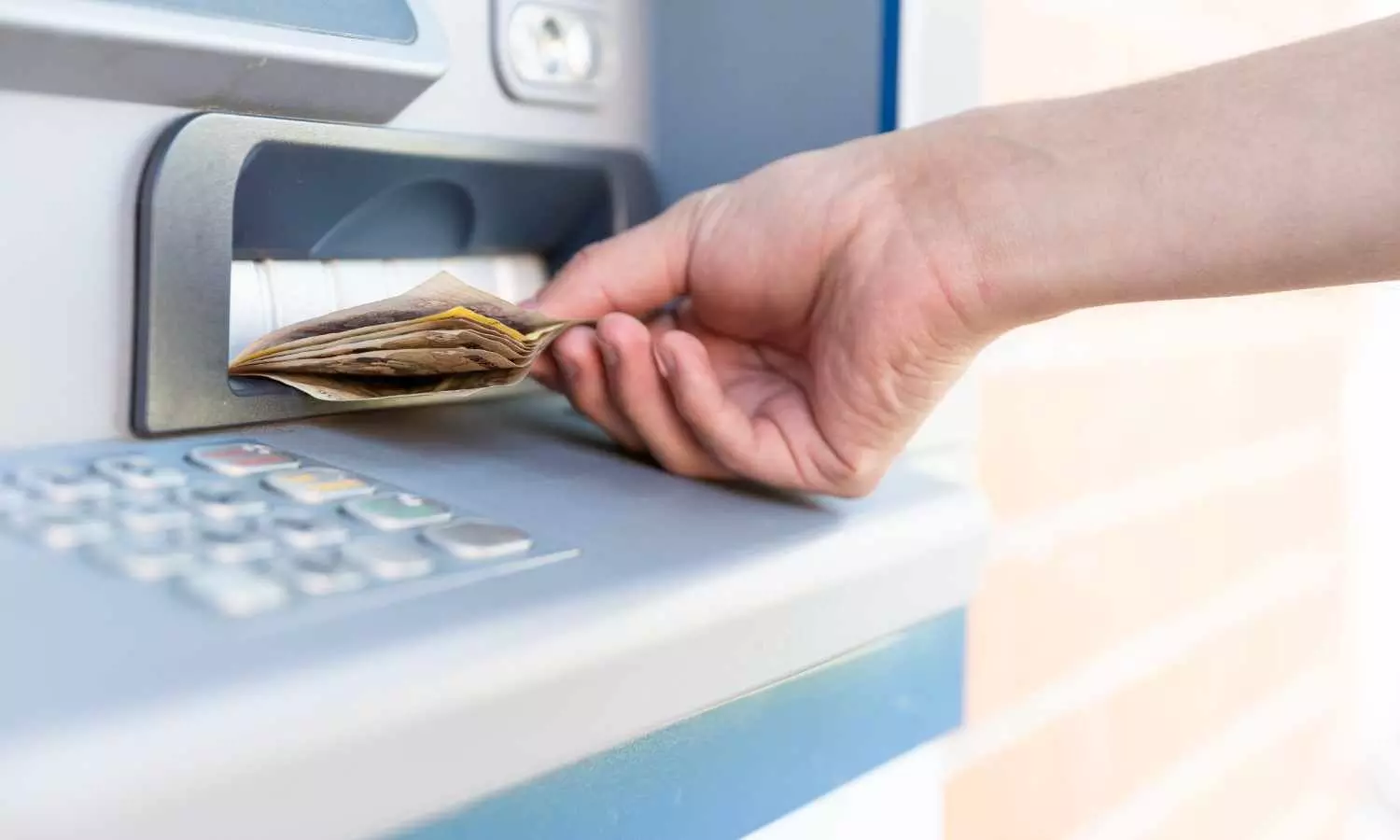ATM Withdrawals to Become More Expensive from May 1, 2025: Key Details Inside
From May 1, 2025 onward, ATM users will have to pay Rs 23 per sale for every pullout that crosses the established limit, a hike of Rs 2 from the being Rs 21 figure.
ATM Withdrawals to Become More Expensive from May 1, 2025: Key Details Inside

In a major development that will affect crores of bank account holders, the Reserve Bank of India( RBI) has approved a hike in the freights charged for ATM withdrawal fee hike after crossing the free yearly operation limit.
From May 1, 2025 onward, ATM users will have to pay Rs 23 per sale for every pullout that crosses the established limit, a hike of Rs 2 from the established limit, a hike of Rs 2 from the being Rs 21 figure.
There's what you need to know
Fee Hikes: The ATM transaction charges that go over the free limit will increase by Rs 2 — from Rs 21 to Rs 23 from the first of May. This is for both domestic and out- of- network ATMs.
Fess Transactions: Users are eligible for 5 free yearly deals( fiscal and non-financial) from their own bank's Automated Teller Machines( ATMs) every month.
From other bank ATMs, 3 deals in metro cities and 5 in non-metro cities are allowed every month.
Still, you'll be charged Rs 23, If a sale is made above this specified limit.
Applicability: The RBI's indirect applies to all marketable banks, including Regional Rural Banks (RRBs), united banks, authorized ATM network drivers, card payment network drivers, and white marker ATM drivers.
ATM interchange fee: This is the free monthly ATM transactions pays to another bank when a client of the first bank uses an ATM belonging to the alternate bank. This figure will be as decided by the ATM network.
Current interchange fee per sale is Rs 17 for fiscal deals and Rs 6 for non-financial deals in all cities.
The hike is substantially to regard for the adding costs of maintaining and replacing ATM structure with banks looking to neutralize the rising functional charges related to ATM networks, similar as digital banking incentives improvement and security.

